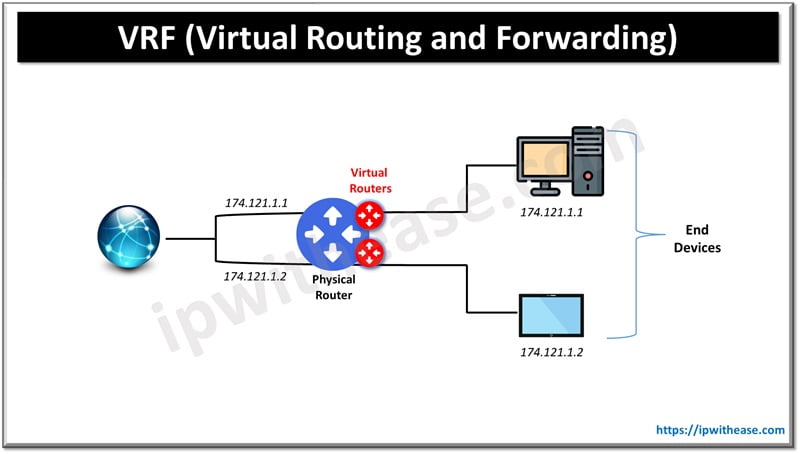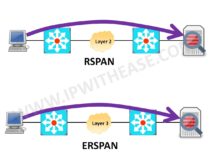Table of Contents
In this blog, we will explore the differences between the two VPN types i.e. Layer 2 vs Layer 3 VPN. In early years, Layer 2 VPNs were pretty popular and later on came Layer 3 VPNs which started picking up pace. Both the VPN types have their own pros and cons.
A virtual private network (VPN) extends a private network across a public network and allows end hosts to perform data communication across shared or public networks.
Layer 2 VPN
Layer 2 VPNs virtualize the datalink layer (Layer 2) so as to make geographically remote sites look as if they were operating in the same LAN network.
Layer 3 VPN
Layer 3 VPNs virtualize the network layer (Layer 3) so as to route your customer networks over a public infrastructure like Internet or Service provider backbone.
Difference: Layer 2 vs Layer 3 VPN
Below table summarizes the differences between the two:
| PARAMETER | LAYER 2 VPN | LAYER 3 VPN |
|---|---|---|
| PHILOSOPHY | Layer 2 VPNs virtualize the datalink layer (Layer 2) so as to make geographically remote sites look as if they were operating in the same LAN network. | Layer 3 VPNs virtualize the network layer (Layer 3) so as to route your customer networks over a public infrastructure like Internet or Service provider backbone. |
| TRAFFIC FORWARDING | Provider devices forward customer traffic based on Layer 2 information. | Provider devices forward customer traffic based on Layer 3 information. |
| SCALABILITY | Generally, Layer 2 VPNs are less scalable than Layer 3 VPNs. | Generally, Layer 3 VPNs are more scalable than Layer 2 VPNs. |
| LAYER 3 CONNECTIVITY | Customer make Layer 3 (IP) connectivity with remote customer sites and not with Service provider. | Customer make Layer 3 connectivity (IP) with provider sites’ edge devices. |
| SERVICE PROVIDER INVOLVEMENT | Service provider is not involved in Customer Subnets IP Routing. | Service provider is involved in Customer Subnets IP Routing. |
| ROUTING CONTROL | Preferred approach when customer wants all the routing and policy governance under its management control. | Preferred approach when customer is fine with sharing its routing information with service provider and the policy control is not so stringent. |
| EXAMPLES | LANE, IPLS, VPLS, EOMPLS, 802.1q Tunnelling | MPLS VPN, IPSEC P2P |
Download the comparison table: layer 2 vs layer 3 vpn
The technological advancement in the VPN domain and need for enhanced security, new and improved double VPN solutions have caught the market’s eye and are fast gaining popularity. “One such eminent double VPN solution by Sufrshark provides that extra layer of security, especially when using a VPN for your PC. “
Hope you would have understood the comparison of layer 2 vs layer 3 VPN through detailed table mentioned above. Also, read our other extensive guides & Interview Questions-
Policy-based VPN vs Route-based VPN
VPN Top 100 Interview Questions
Site to Site VPN vs Remote Access VPN
ABOUT THE AUTHOR

You can learn more about her on her linkedin profile – Rashmi Bhardwaj



